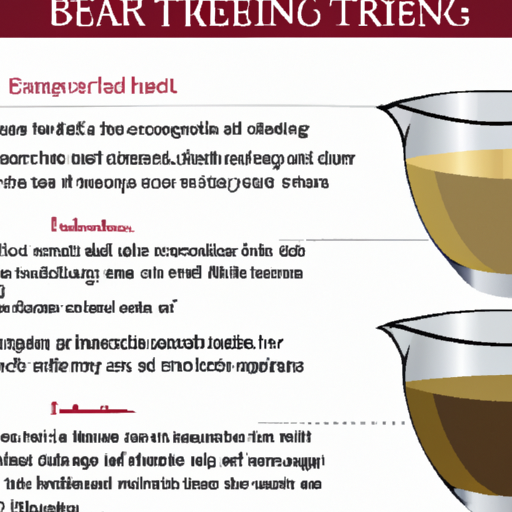The Art and Science of Tea Blending: A Guide to Creating Your Perfect Cup
Delving into the world of tea blending is like painting a portrait: combining colors, textures, and fragrance to create a celestial medley of flavors that caress the palate and titillate the senses. By understanding and mastering the art of tea blending, enthusiasts and connoisseurs alike can elevate their tea experience with personalized flavors and unique combinations that cater to their taste buds. Brew with me, dear readers, as we navigate the delightful and daring universe of tea blending one sip at a time.
The Basics of Tea Blending
Tea blending commences by choosing a base tea, which can vary amongst the numerous tea varieties such as black, green, white, oolong, or pu'erh. Though tea purists frequently shy away from blending, arguing that it dilutes the essence of the tea and its natural characteristics, it's important to note that blending is not a sacrilege in the realm of tea. Rather, it introduces an exciting and creative flavor spectrum that harmonizes with the base tea to create a symphony of taste sensations unlike any other.
It is advisable for beginners to start with a high-quality unflavored base tea, progressing to more adventurous combinations according to their taste preferences. The addition of fruits, herbs, spices, botanicals, and essential oils are all viable options that can transform a simple cup of tea into a dazzling delight.
Factors to Consider in Tea Blending
Flavor Balance
Effective tea blending necessitates a harmonious balance between the base tea and the additives, with neither overpowering the other. Striking this equilibrium demands a focus on both complementary and contrasting flavors while avoiding pairings that muddy or confuse the desired tasting notes.
Coloring and Taste Ratio
A comprehensive understanding of coloring and the taste ratio is essential in constructing a successful blend. To illustrate: imagine creating a bold and vibrant chorus of color on an artist's palette. The same concept applies to tea blending, where flavors must complement and interact with each other, essentially painting the perfect cup.
| Ingredient | Percentage (%) |
|---|---|
| Base Tea | 60-80 |
| Fruits & Herbs | 10-30 |
| Spices & Others | 5-20 |
*Note: The table above displays recommended ratios to guide a well-balanced tea blend.
Consistency in Blending Components
One of the most critical factors of tea blending is ensuring that additives are relatively uniform in size and weight, to prevent unwanted separation and concentrated pockets of flavor. For instance, blending large pieces of dried fruit with fine tea leaves could result in inconsistencies both in the tea's taste profile and presentation.
Brewing Styles
Depending on the chosen base tea, it is paramount to consider the brewing requirements, such as water temperature, steeping time, and the use of teapots or other brewing instruments. Additional ingredients might alter the base tea's characteristics, so adjusting these brewing parameters is imperative to achieve the perfect blend.
Tips for Creating Your Unique Tea Blend
- Experiment with different combinations and various ingredients to discover flavors that delight your tastebuds, remembering that practice makes perfect! Keep notes on your trial and tribulations to streamline the experimenting process and create your masterpiece.
- Explore ingredients outside your comfort zone, and don't hesitate to embark on a tasting adventure that allows you to grow and refine your tea blending skills.
- Share your concoctions with friends and family, and be open to feedback, suggestions, and comments that can enhance or spark new ideas for your next blend.
- Research tea-blending techniques, variations, and traditions, and seek inspiration from other cultures, tea ceremonies, and renowned tea experts.
Create harmony in your tea blend by striking an intricate balance between flavors and utilizing your ingenuity and creativity. Designing your perfect cup of tea is like conducting a symphony – a symphony of taste.
Amy Lowell once wrote, "Tea is leaf and leaf is tree, tree and wind combine." So unite your blend into a symphony, conduct a masterpiece – and transform the way you drink tea!
What are some of your favorite tea blends or daring combinations you've tried? Share your blending experiences, achievements, and challenges in the discussion area below!
